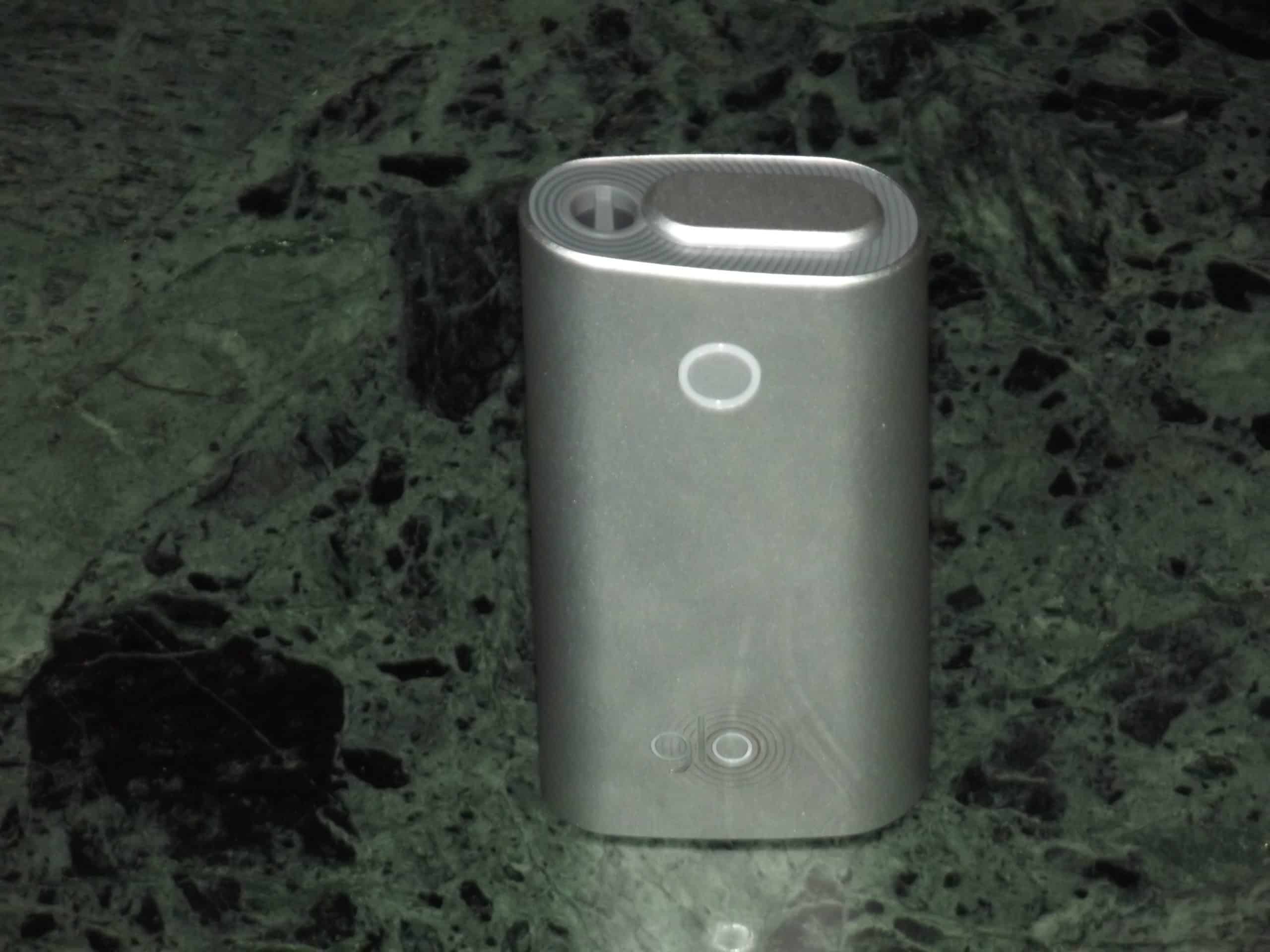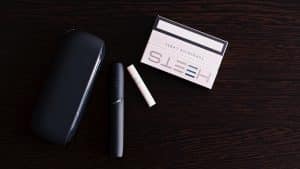 Reading Time: 4 minutes
Reading Time: 4 minutesPhilip Morris have been watching the Japanese tobacco market with interest, and probably quite a lot of satisfaction, this year. Japan was the first major test market for their iQOS heat not burn product, and it’s performed remarkably well. In September 2015 the HeatSticks it uses to create vapour accounted for 0.7% of the country’s cigarette sales; twelve months later that had risen to 5.2%. PMI say that around a million Japanese smokers have switched from traditional cigarettes to iQOS, and that 70% of people who’ve tried the device have fully switched.
Now the iQOS could have a fight on its hands, as British American Tobacco prepare to launch a rival heated tobacco product in mid-December. BAT are already testing a hybrid e-cigarette/HnB product, the iFuse, in Romania (I’ve tried it, and will write about it soon) but this new one is going to be exclusive to Japan for a while.
Japan is an interesting market for HnB products. Strict rules on nicotine-containing liquids mean that e-cigarettes, which the tech-happy Japanese would be expected to enjoy, are still rare. That means the only real competition for HnB is traditional cigarettes, so it’s the perfect place to see how many smokers are willing to switch. For BAT there’s a bonus; they also get to see how their new device performs against the already-established iQOS.
glo-ing with satisfaction?
So anyway, let’s look at BAT’s latest product. It’s called glo, and the concept is very similar to iQOS. The device itself is a bit different, and as expected there are positive and negative aspects to those differences. Overall, however, it looks pretty interesting.
Like iQOS, glo is fed with cigarette-like tubes which are inserted into the unit and heated. These have a filter on top of a stick of reconstituted tobacco, which probably also has some propylene glycol and other additives to help generate vapour. BAT are calling them Neostiks, and say each one should last about as long as a regular cigarette – a dozen puffs or so. As far as pricing goes they also cost about the same as cigarettes; in Japan a pack of 20 Neostiks will sell for 420 Yen, which is roughly the same as a pack of BAT’s Kent king size.
When glo launches there will be three Neostik flavours available: Bright Tobacco, Intensely Fresh (a menthol blend) and Fresh Mix, which has a less dominant menthol flavour. They’ll all carry the Kent brand initially – it’s one of the leading brands among Japanese smokers – but if it rolls out globally expect to see differently branded sticks and possibly a wider range of flavours.
Like iQOS, but more so
As for the actual device, it follows the basic iQOS heated tobacco system – insert a Neostik into the top, turn it on, wait for it to heat up then puff away as normal. Visually it’s very different, though. Where iQOS is a pen-style device, glo looks more like a small box mod. The case has an oval profile and is very uncluttered; there’s a laser-etched logo and a ring-shaped LED indicator on the front, and on top a large button and the socket for the Neostik. BAT say they aimed for the simplest interface they could manage, and the single button controls everything on the glo. That’s actually not too hard, because like iQOS – and unlike a box mod – there aren’t a lot of settings to manage. Basically all you have to do is turn it on and off.
So why have BAT gone for this larger format? PMI deliberately made iQOS as small and slim as possible, to keep it as close as they could to the size and weight of a traditional cigarette. There’s a down side to that, though – battery life. The iQOS handset simply doesn’t have enough space for a lot of power storage, and a full charge will be mostly used up in vaping a single HeatStick. It does come in a portable charging case that can recharge the handset on the go, but there’s an enforced break of about ten minutes between HeatSticks while it tops up.
By going with the box mod style, BAT have given themselves a lot more space for batteries – and it shows. They claim that a fully charged glo holds enough power to vape over 30 Neostiks. If that holds up in real-world use it means a single charge should last most smokers a full day, which makes it a lot more practical.
Gambling on power
So there are real advantages in the glo’s bulkier dimensions, but it’s definitely a gamble on BAT’s part. It’s likely they’re hoping that smokers will value the extended battery life enough to use a device that’s less familiar in shape (and a good bit heavier) than iQOS. One advantage of them both being tested in Japan is that they can compete head to head; apart from the size they’re similar enough in concept to make for a fair comparison.
There is one other difference between the two, which is that glo heats its tobacco sticks to a significantly lower temperature. iQOS runs at around 350°C, while glo reaches 240°C. The lower temperature is likely to mean fewer toxicants in the vapour, but the big question is what impact it has on the user experience. If the vape itself is less satisfying that’s going to count against it.
BAT say that lab tests show that glo vapour eliminates around 90% of the toxicants found in cigarette smoke, although they’re being careful not to make any health claims right now. They are emphasising that it’s less messy than smoking and doesn’t leave a strong smell on clothes. As far as price goes, the glo handset will sell for around 8,000 yen, which is about $77. That makes it roughly 20% cheaper than iQOS in Japan. If glo rolls out in the UK it will be interesting to see how it’s priced, because iQOS is currently selling for £45. If the same price difference carries across that will put it at about £36. Of course the real cost of these systems is in the tobacco sticks, which aren’t much cheaper than traditional cigarettes.
Overall glo looks like an interesting heated tobacco device. Anyone who’s used a box mod is unlikely to be bothered by its size and shape, so the real question is how smokers will take to it – and, of course, what the actual vapour is like. BAT have invested heavily in it, though, so it’s probably safe to assume their consumer trials have been positive. Hopefully UK smokers will soon get a chance to try it, too.
UPDATE: We did managed to get very hands on with one and have a post about our BAT Glo review.











